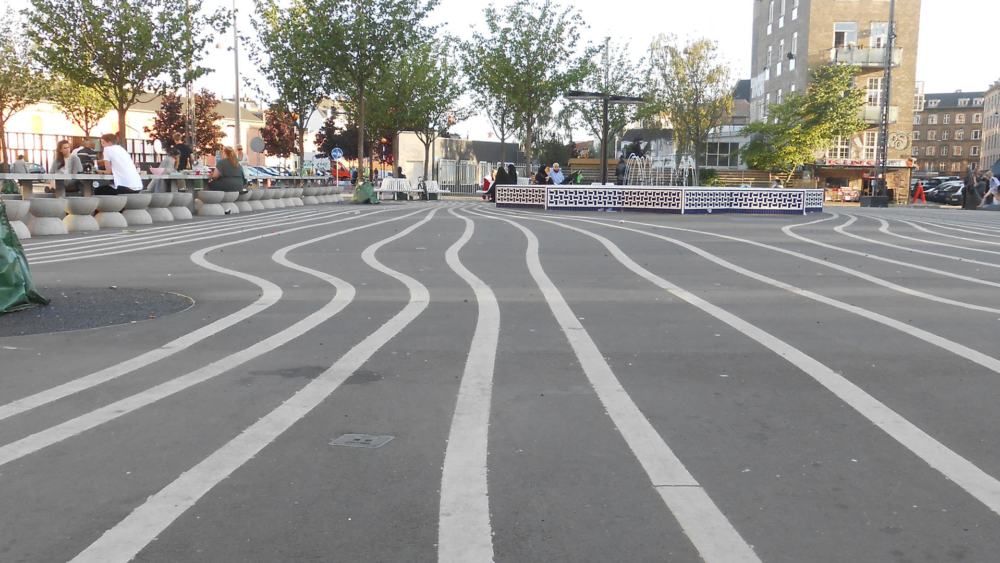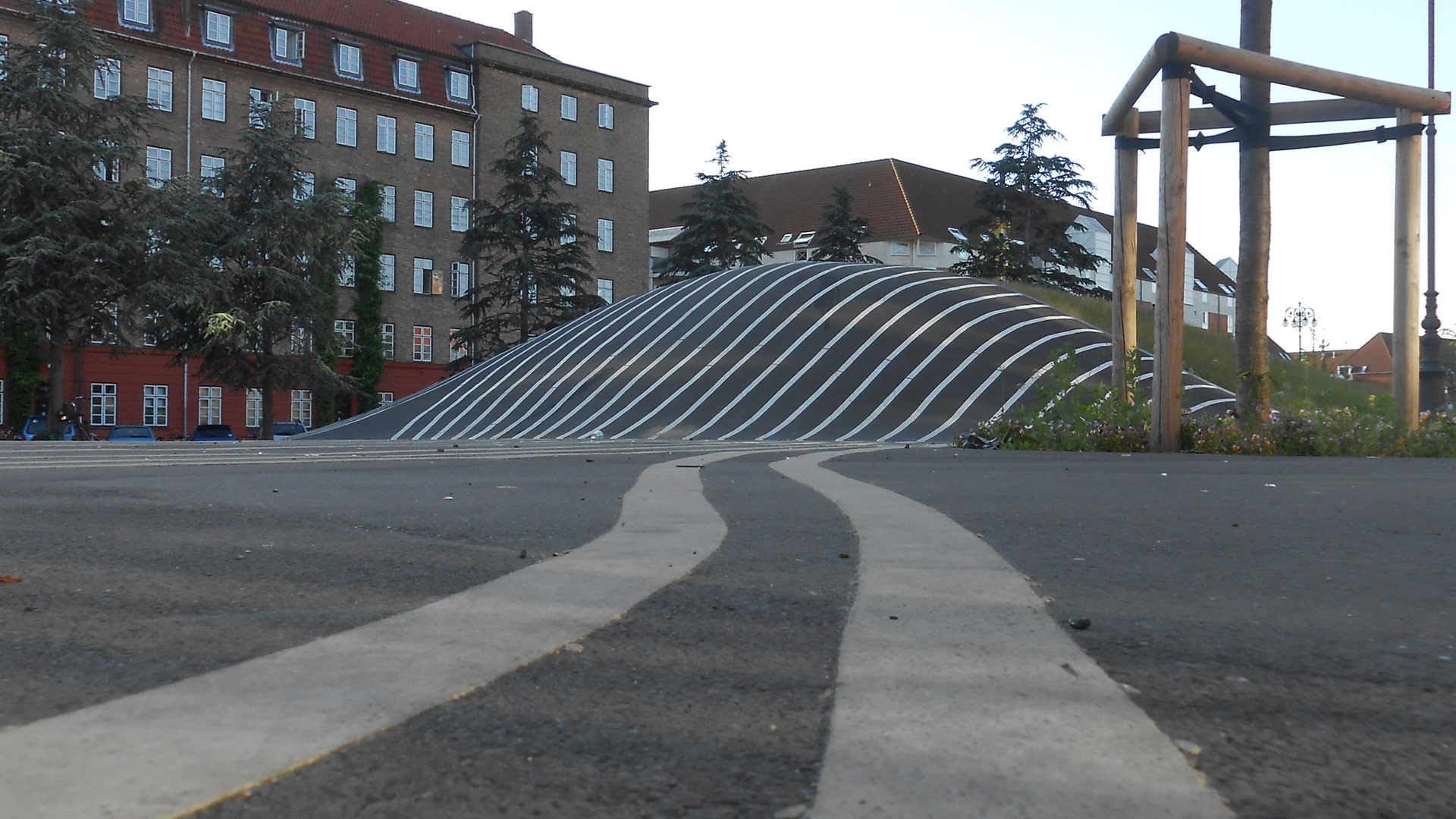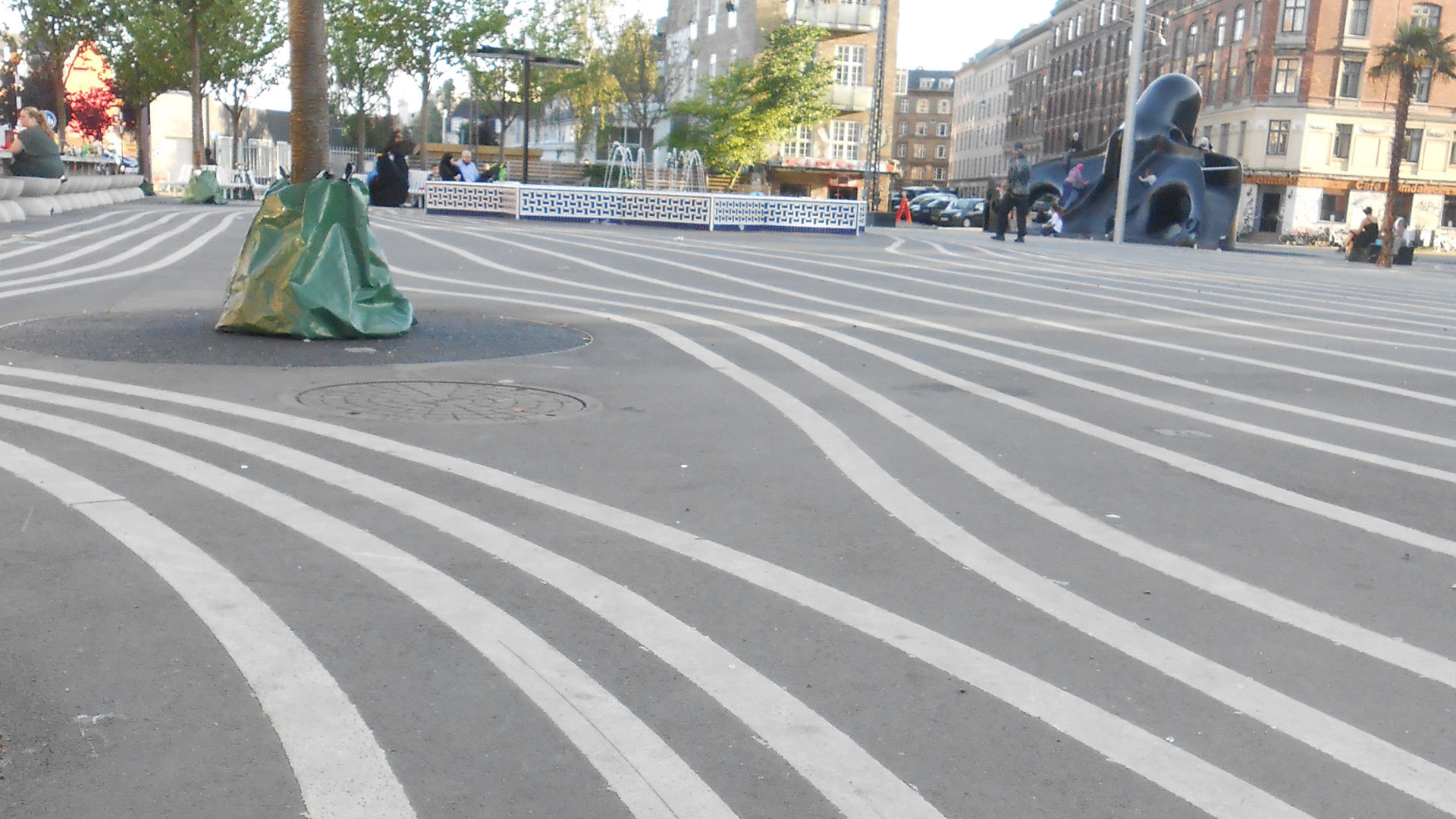
Neighborhood Cultural Influences
Architecture, to most, is the art of designing buildings, specifically. People envision architects drawing and building models, but what may not be completely obvious is how architects, even if they do not realize it, are designing everything around buildings, as well. From the shadows cast at ground level to the separation from surrounding accesses to the skyline, built space is all a part of other existing spaces.

When we narrow that space down to a neighborhood scale, we have space that contains residences, grocery stores, schools, shops, etc. Designers and residents bring their own unique influences into the neighborhood that give that space its own atmosphere that people can connect to. Designers face many decisions when tasked with creating any portion of a new or existing neighborhood. How strict should design guidelines be? Should the neighborhood be allowed to develop its own style and let that style morph over time? How can a space be designed with the residents in mind, but also be inviting to others outside of that neighborhood or culture? When done correctly, the design of a neighborhood can encourage unity between the locals and acceptance between multiple cultures.
While studying abroad in Copenhagen, Denmark, I was able to experience neighborhoods that encouraged residents to be involved in the space they inhabit in order to better their community. Superkilen, in Copenhagen’s ethnically diverse Nørrebro neighborhood, is a designed space that displays objects representing 60 different nationalities. The colorful weave of public space encourages people of all ages to play and interact with items from all over the world. It creates a perfect space to learn about unity. Other neighborhood projects, like the Charlotte Ammundsens Plads, take small courtyards or overlooked corners of the city and creates a place for residents to gather and play. A vast array of activities and features attract people with all interests and abilities.

Just as these public spaces have been designed with the residents in mind and with the goal of unity, learning, and playfulness, VLK Architects strives to incorporate the same design aspects into their school projects, as well. Whether VLK is designing a new school in a new neighborhood or revitalizing an existing campus, the same design challenges are faced and considered with every project in order to best design a portion of space in that neighborhood.